Any trip to South Korea would not quite be complete without a visit to her iconic island, Jeju. Not only is Jeju deemed as the “honeymoon island” for locals, it has also become a hot tourist spot, for hikers, nature-lovers, and sea-foodies.
Hence, when my friends (J, Y, and L) and I decided to explore South Korea as part of L’s and my graduation trip, Jeju naturally came up top in our list of destinations. The only issue was, how should we go about travelling in Jeju?
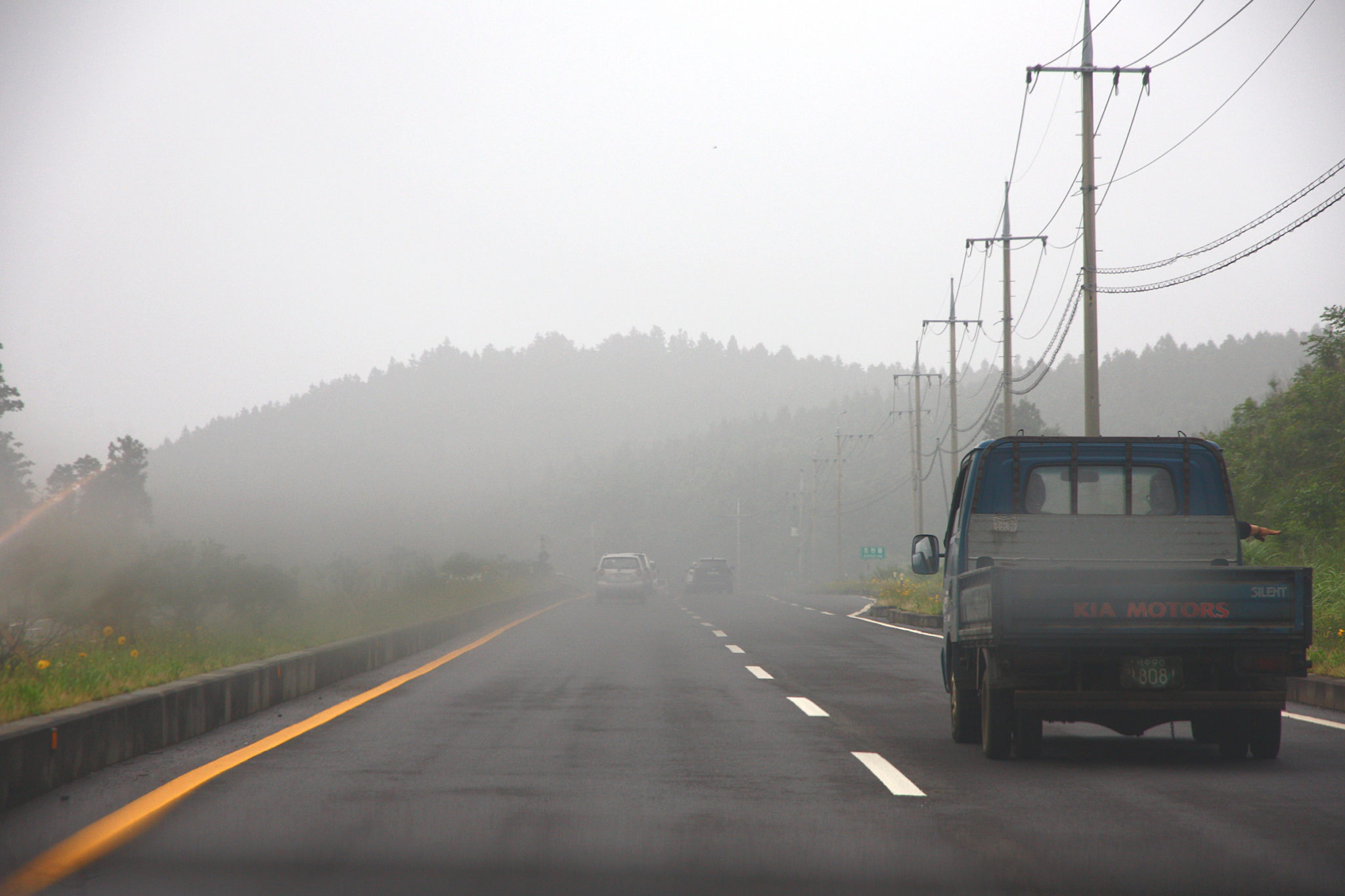
Like many Singaporean girls living in highly sheltered environments, we had barely attained the go-ahead from our parents for this trip (because four girls, overseas, ten days = not very safe). What’s more, now we had to convince them that we would be perfectly fine with left-hand drive around Jeju, which is notorious for its windy roads and strong winds.
For the record, we did consider hiring a driver or getting around by public transport, but decided against that, because we figured we would be able to accomplish more with a road trip, and it would certainly be more fulfilling!
Planning the Jeju driving route
Unlike my previous road trips with Daniel to Tasmania and Hokkaido, Jeju is considerably much smaller, standing at a mere 1849km2 in land area. I say “mere” because this means we can cover Jeju in five days, as compared to our previous ten days trips. However, fun fact of the day is that Singapore’s land area is a mere mere mere 720km2, which means Jeju is still 2.5 times bigger!
Since Jeju is almost a perfect oval (scroll down to see the map), planning the order of places to visit wasn’t difficult. You could definitely just go one round through, and stay at different places along the way, to minimize your time on the road. The only downside is that you would have to book multiple accommodations.
As we were there during the supposed rainy summer, L was careful with planning the places in accordance to the weather forecast. Pretty important I’d say, since most activities around Jeju involve being outdoors.
(For some reason, we always end up running straight into rainy weather wherever we go. Take our recent Taiwan trip, for instance)
Yet of course, when we were really there, we had to adjust our plans accordingly whenever the weather changed.
In any case, we decided to drive all the way south to Seogwipo upon arriving (Jeju airport is in the north), then travel clockwise back up north.
Where to stay
As such, we settled on two accommodations spots – one at Seogwipo (south) and the other at Jeju-si (north). Even though we had initially wanted to try out guesthouses in Jeju, as recommended by many, they didn’t come across as particularly cheap or attractive.
In the end, we went with Airbnb options, which worked out pretty well for us! If you’re interested to know the ones we stayed in, I have linked them here – Seogwipo and Jeju-si.
For new Airbnb users, sign up with this link to get S$52 off your first stay!
Driving in Jeju
There are many car rental brands in Jeju, but having researched around, we found that the most popular and arguably reliable car-rental service in Jeju is Lotte Rent-a-car. We got a Tivoli SUV with built in GPS, and paid slightly less than 320,000 KRW for 5.5 days.
Also, do note that having their local GPS in the car is extremely essential in South Korea, because Google Maps isn’t the most accurate. There were times when the three passengers (J, Y and I) each had to navigate the built-in GPS, Google Maps, and Apple Maps, all at the same time because they all showed different things, and the built-in GPS (which is the most accurate) wasn’t what we were used to.
On top of that, do avoid driving at night if you’re not an experienced driver. Even for L (our only driver – kudos to her), who drives quite a bit in Singapore, she did panic a little one of the nights, when the visibility went real low and we had to find our second accommodation, which was along a main road.
Nonetheless, the anguish of getting lost, to the excitement of having found our way, and feeling relieved that we were alive and safe, all contributed to the fun we had with driving around!
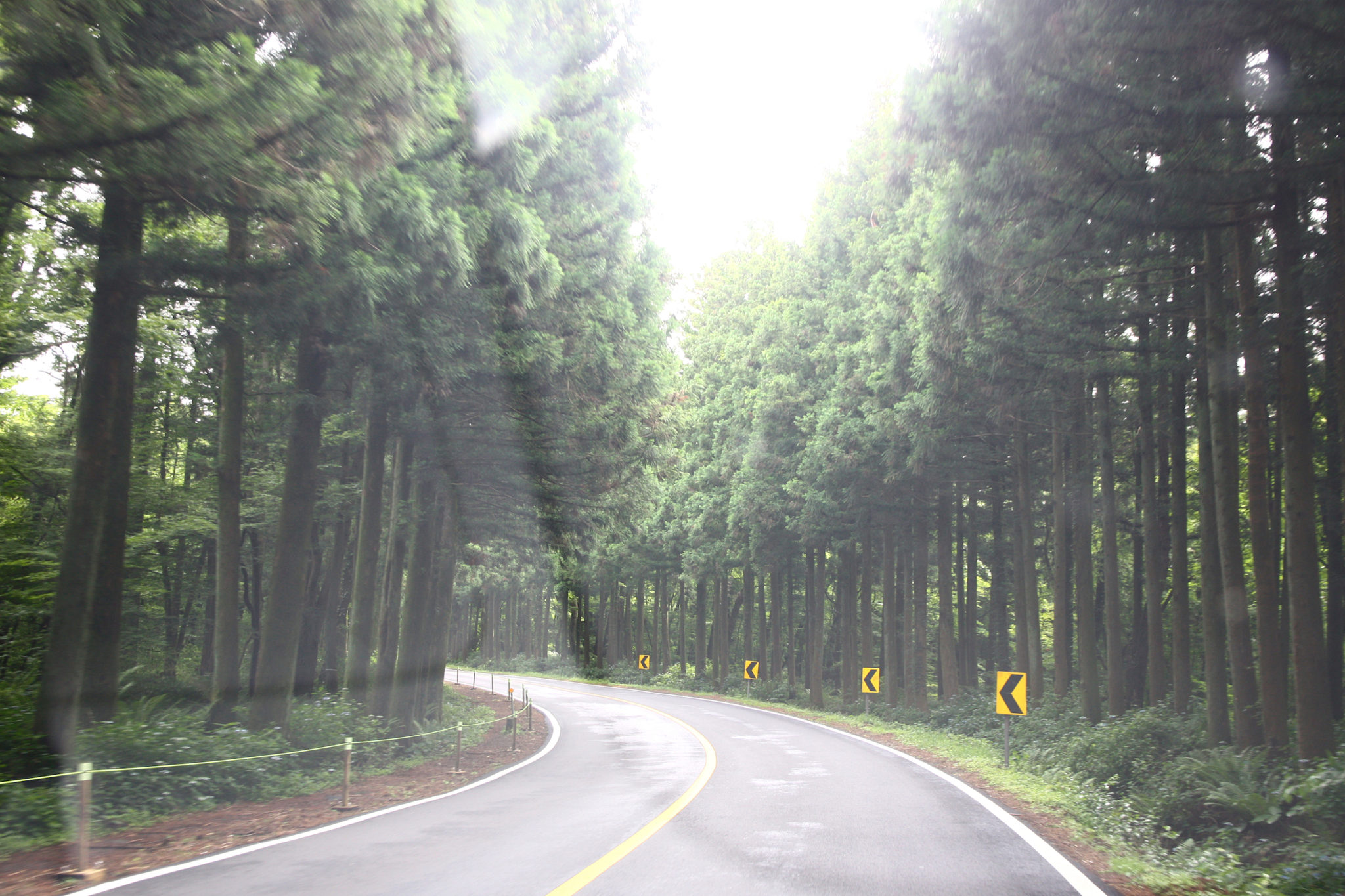
Jeju itinerary for 5-days
While most would recommend spending just 3 or 4 days in Jeju, we felt that 5 days provided us with a comfortable pace to explore the key areas of Jeju. If you’re looking to hike Mount Hallasan, South Korea’s tallest mountain, be prepared to spend another day in Jeju, since it takes 8-10 hours (return) to conquer the summit.
Here’s a summary of the places we visited each day:
For your convenience, I’ve also included a map of Jeju, with the key places we visited marked out here:

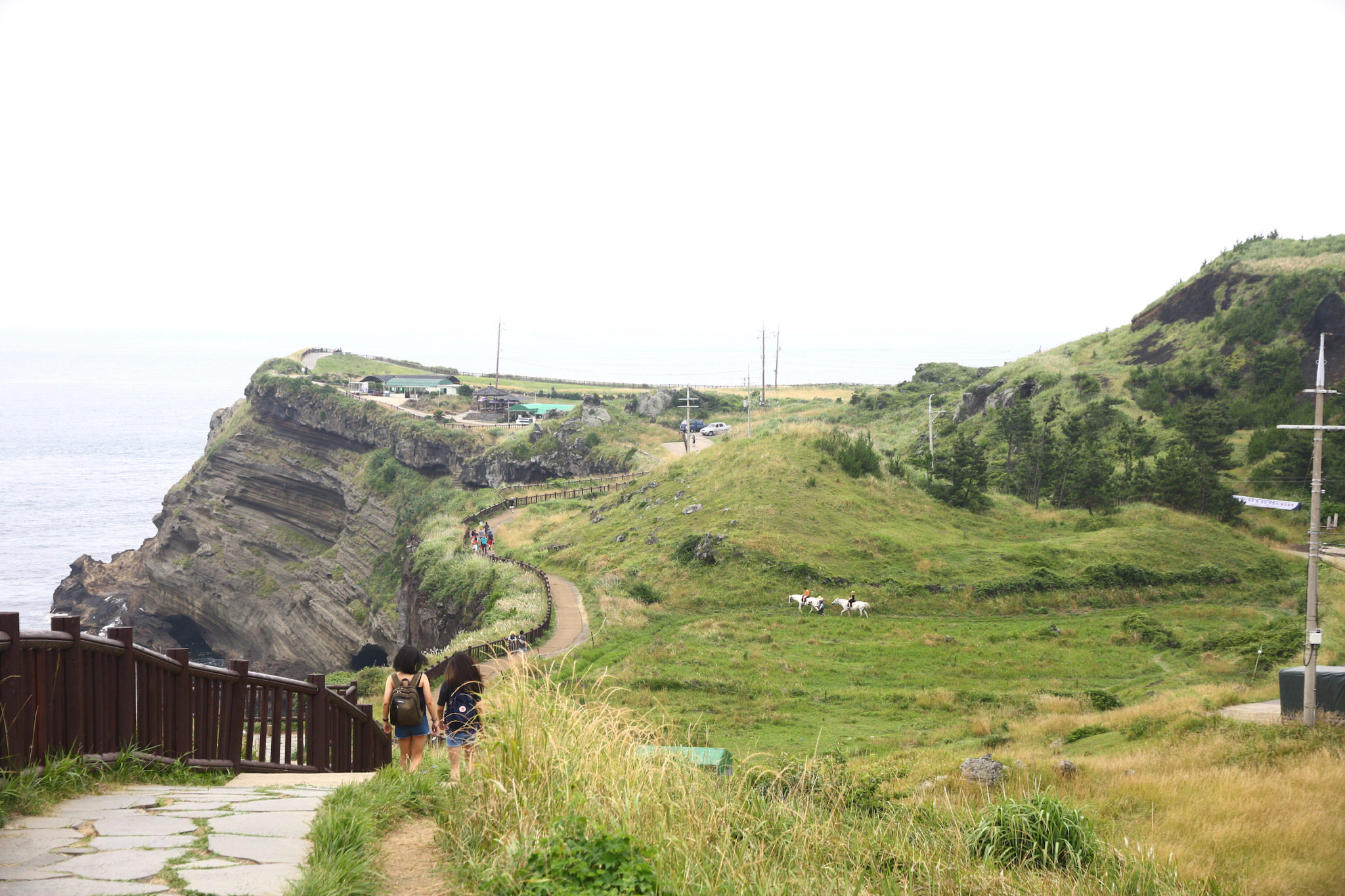
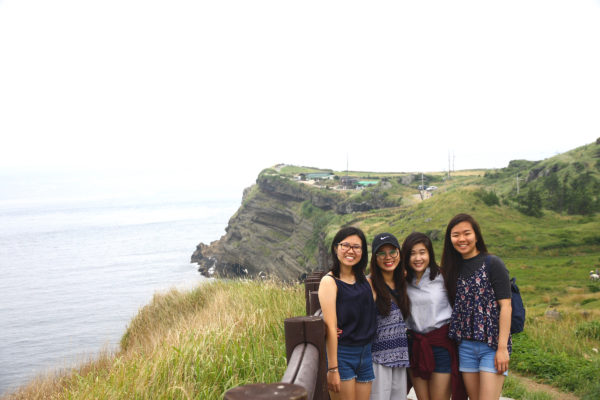
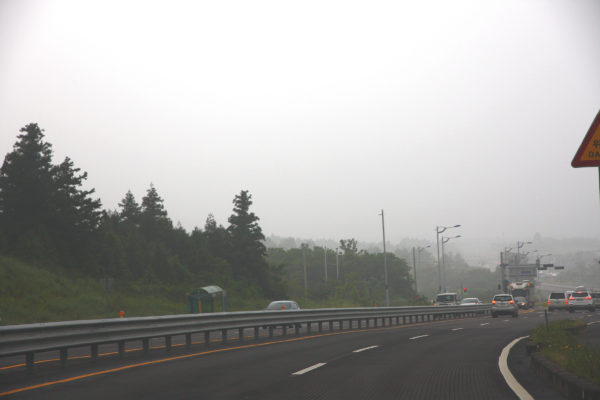
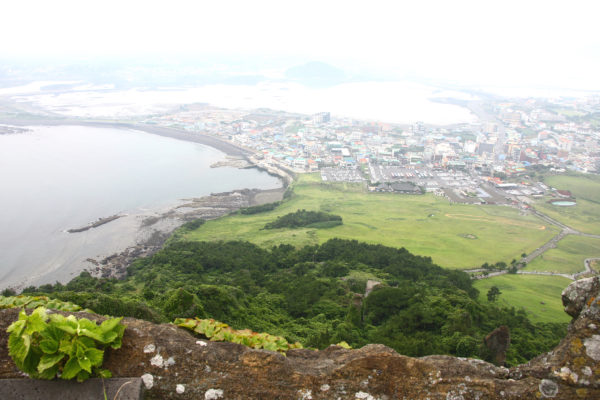
2 Comments